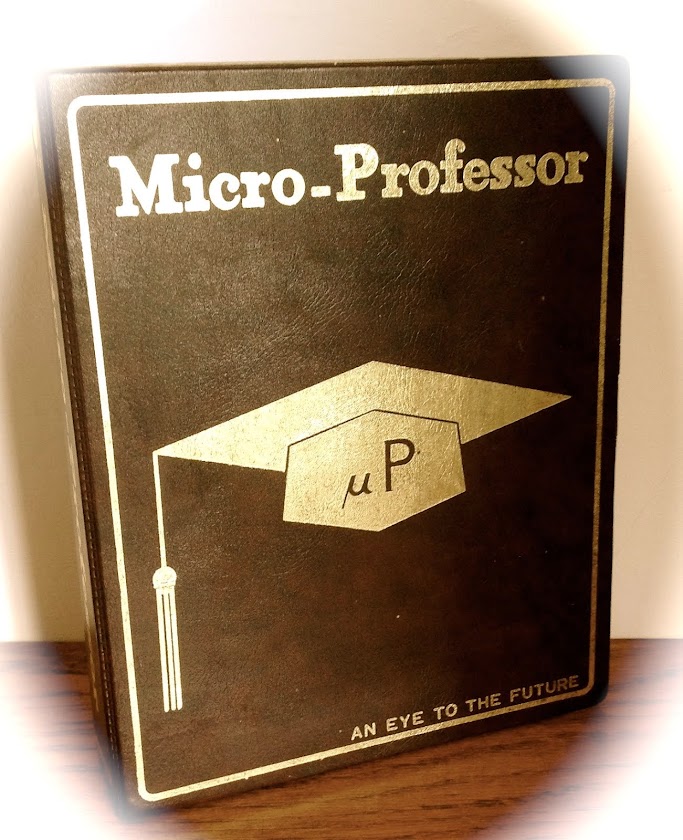Neil Selwyn is a Professor in the
Faculty of Education at Monash and worth following if, like me, you get
disturbed by ‘technology for education’ hype. From reading some of Selwyn’s previous research I have constructed
him as a defender of democracy in Education. For December reading 2014 he has
posted up an article on his academia site https://monash.academia.edu/NeilSelwyn
titled ‘minding our language’ in which he draws a contrast between the ‘complex
realities’ of Education and by implication, what it means to be a student, and
the ‘ restricted ‘ language of ‘Ed-Tech Speak (he provides a list of 50 ED-Tech
Speak terms in the appendix).
So far so very good (and that is
largely my overall conclusion). However, I am going to challenge one of his suggestions; that it would be more appropriate
to refer to ‘virtual learning environments’ (VLE) as ‘teaching management systems’.
I make this challenge in the context of one genre, the distance student, by
drawing from experience as both a distance student and a distance teacher. For distance students at the Open University
UK (OUUK), its VLE means much more than a ‘teaching management system’. For these
students it is their campus, a place where they can get access to other
students and all those other intellectual assets that are a significant aspect
of being a student in Higher Education. For many the VLE is their University
substantiated, a place where they can feel that they belong. Previously that ‘sense of belonging’ to a University was only fleetingly and marginally achieved. By the way - 'belonging' is another term that Selwyn is suspicious about when used by Ed_Tech )
Distance learning, as pioneered by
the Open Universities of the world, has democratised education for many and
when technology is harnessed appropriately it can make the sense of being a
student ‘real’. A well crafted VLE, i.e. one that
is much more than a teaching management system, is the key component. So while I totally agree with Selwyn’s
appraisal of Ed-Tech Speak as a ‘powerful means of advancing the interests and
agendas of some social groups over others‘
(Selwyn, 2014, p.2) I wanted to speak up on behalf of the the VLE, as situated in the history of
Open and Distance Learning.
Selwyn, N. (2014).
Minding_our_Language. https://monash.academia.edu/NeilSelwyn.
